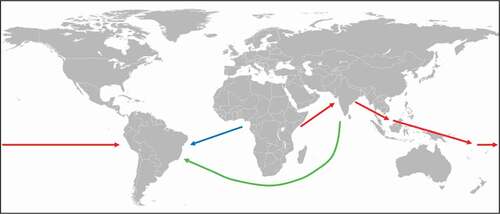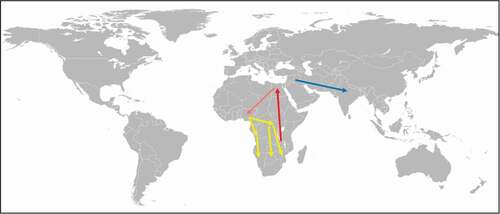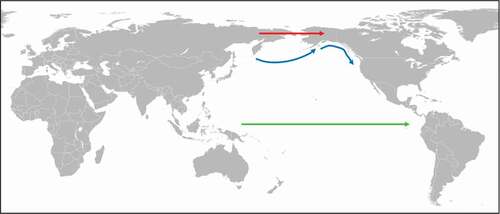Figures & data
Table 1. Information about protozoan parasites spread by human migratory activity.
Table 2. Information about flatworms spread by human migratory activity.
Table 3. Information about nematodes spread by human migratory activity.
Table 4. Information about insects spread by human migratory activity.




